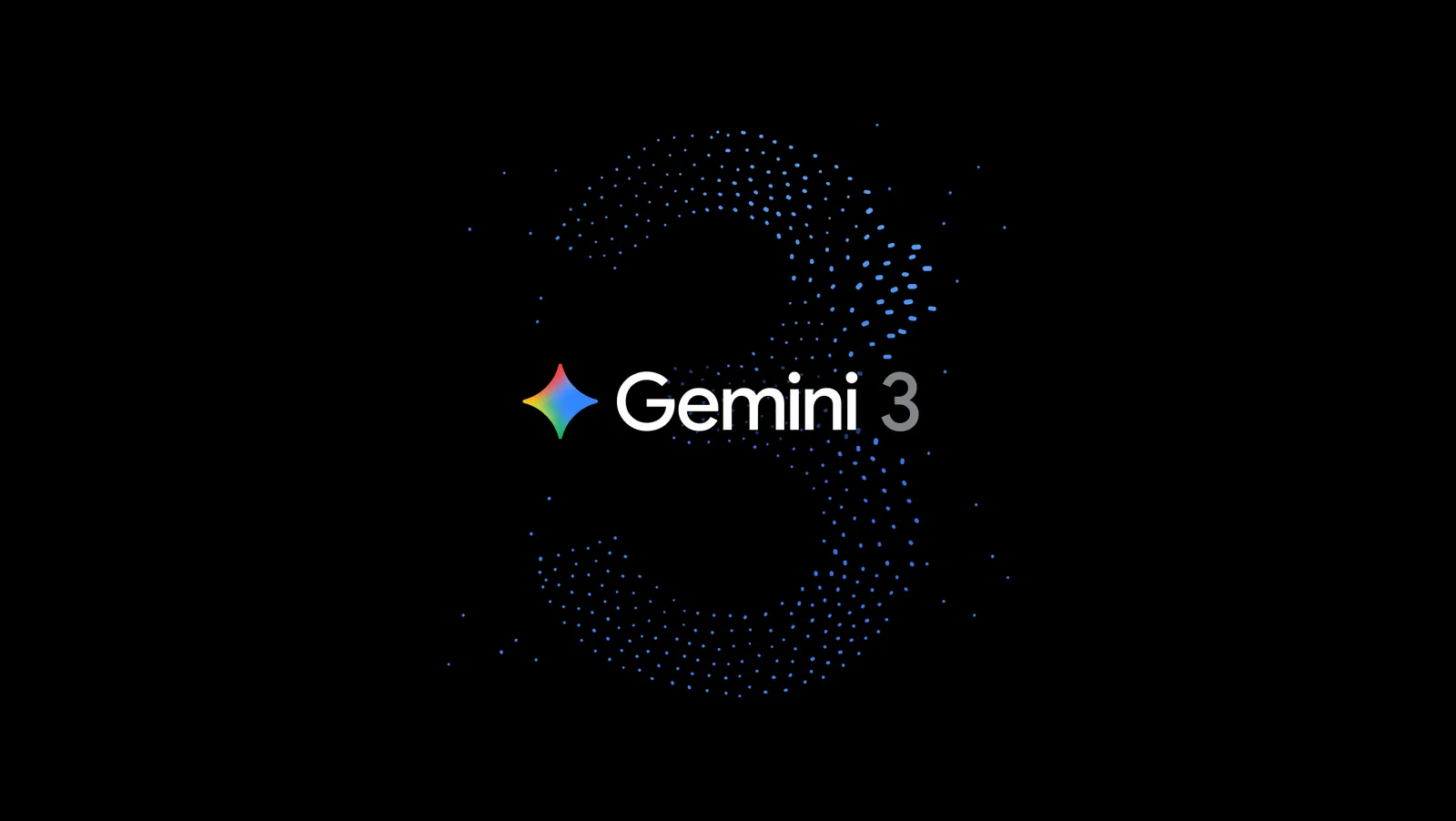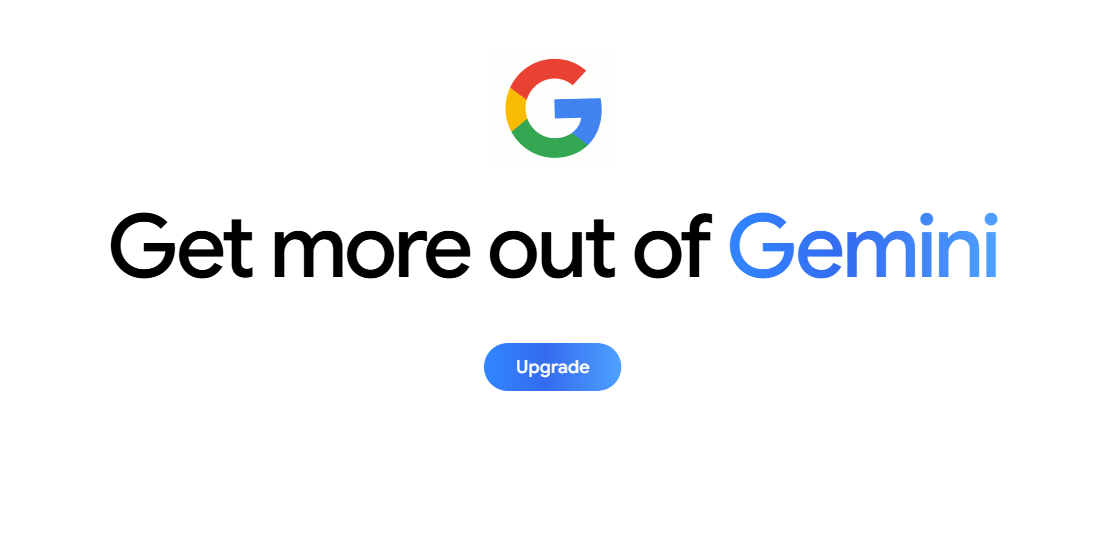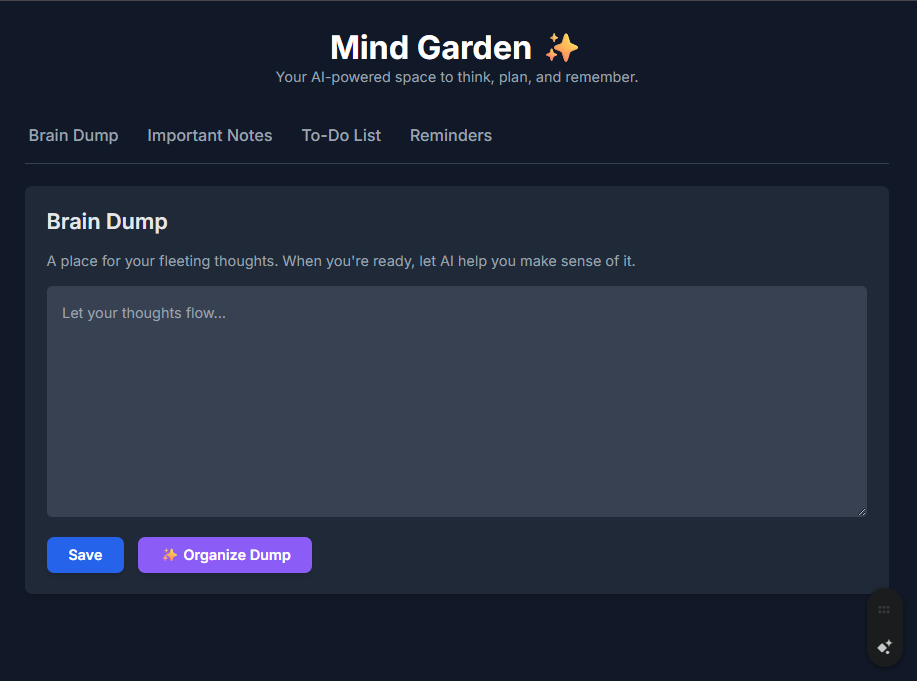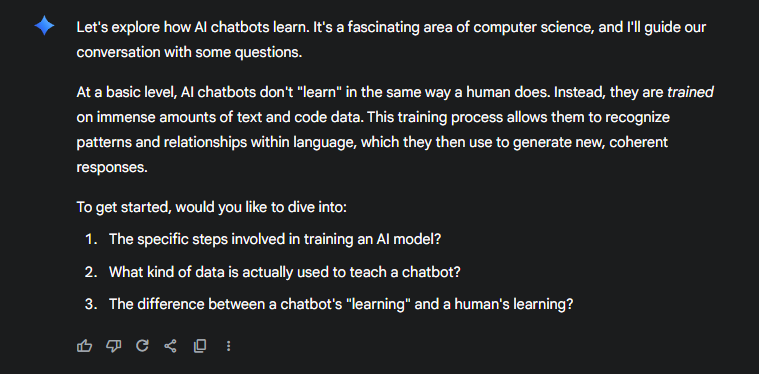Gemini 3 is here — 9 prompts to use that make the most of its new features
Try the latest upgrades with prompts that test Thinking mode, summarization and more

Google has just launched Gemini 3, the latest update to its AI system. As expected, this was a huge leap for the company, introducing everything from an AI agent to a variety of clever new tricks for the Gemini chatbot.
However, like all major upgrades to an AI system, the way that you prompt it has once again changed. Sure, the old classics will continue to work. In fact, Gemini is now better than ever at understanding the context of your prompts, no matter what you ask.
But with an update as big as this, it opens the opportunity to dive deep, using more detailed prompts to pull out the absolute best that it has to offer.
Not sure where to start? We’ve got some prompts below that make the most of all of the new features included in Gemini 3.
What is Gemini 3 and what’s new?

Gemini 3 is a major upgrade for Google. While it is being introduced across Google search, NotebookLM and more, it is the changes found in the Gemini app that are most impactful.
There are improvements in its reasoning capabilities, how it deals with context and long sections of information, and even its emotional awareness and creativity.
Gemini also announced a selection of new features within the app. This includes a new agentic mode, letting Gemini take control of your laptop to plan flights, book restaurants and more, as well as in-built coding tools and the ability to use the web via Gemini in much smarter ways.
Get instant access to breaking news, the hottest reviews, great deals and helpful tips.
The nine best prompts to get you started on Gemini 3

Visual analysis

Prompt: "[Upload a screenshot of a complex chart or data table from a financial report]. Identify the single most significant trend shown in the data and write a short, one-paragraph summary explaining why that trend matters."
Part of Gemini’s improvements in reasoning capabilities makes it great at analysing images. Try uploading a complicated document and giving it a precise and challenging task to go along with it.
Mini coding

Prompt: “Explain each of the planets in our solar system and what is important about each of them.”
Using Dynamic view (one of Gemini's new features for making unique interactions through code) is a great way to create an interactive experience for learning new subjects.
Gemini advertised this with a working website about Van Gogh’s life. Try asking Gemini to explain a complicated theory using this setting to make a subject more interesting.
Room planning

Prompt: "Analyze this floor plan image. Identify the best layout for a living room including a sofa, TV unit, arm chair and a standing lamp. Suggest ways to make the most of the natural light and any concerns this layout might have."
Gemini’s contextual understanding can make it a great tool for understanding your surroundings. Want to redecorate your living room? Gemini can help you with that. Provide a floor plan and some ideas and see what you get back.
Agentic planning

Prompt: “Research and help me find a 43-inch TV that is under $300. Then find the best deal on one right now.”
Gemini has followed in the footsteps of ChatGPT and Perplexity, launching its own Agent tool. This can be found at the bottom of Gemini’s ‘tools’ section on the Gemini chatbar.
Select this and give it a task to work through. I’ve used Agents before to find cheap TV deals, book restaurants or even order a pizza to my house.
Tone adjustment

Prompt: "Rewrite the following sentence in two distinct styles: 1) a highly bureaucratic, formal memo, and 2) a casual, conversational text message: 'The quarterly financial review documents must be submitted to the audit committee by 5 PM on Friday."
AI chatbots are becoming much better at tone and emotional intelligence. Because of this, you can get some strong advice for how to shape your messages to better fit certain tones.
Don’t know if you want to sound friendly or more serious in an email, see what both might look like and then decide.
Outfit choices
Prompt: "Describe an ideal outfit, including colors, fabrics, and specific items (e.g., 'wool blazer,' 'linen trousers'), for a person attending an outdoor, professional networking event in early autumn in New York. I have attached images for inspiration."
There’s a lot going on in this prompt, but it shows an important part of Gemini’s new brains. It can take on a lot of information. Here, it needs to use context to provide an outfit, including materials, the location and based on images that it has been given.
Just half a year ago or so, these kinds of prompts could cause AI chatbots to fall apart, getting confused on what they were being asked. However, they have come a long way since then.
Trip planning

Prompt: "Help me plan a 7-day road trip around Western Europe with stops in Paris, Amsterdam and Brussels."
One of Gemini’s big new updates is known as generative interfaces. These are coming in two different ways first, layout and dynamic view.
When you apply the visual layout, Gemini will create an interactive, magazine-like layout, complete with photos and modules for you to interact with.
This makes it a great option for trip-planning, providing a full layout of where to stay, eat and visit on a set trip.
Short story creation

Prompt: "Write a short story of 250 words. It should be from the perspective of two different people, both from 1960s New York. Use context from this period to generate a compelling story between the two."
Creative writing through AI is not what it used to be. We laughed at what it turned out years ago, but now it is hard to tell the difference.
Try giving Gemini some more complicated stories to attempt. For example, in this one it needs to use context from a certain period and use emotive language to power the story.
URL Summarization

Prompt: "Summarize this URL and find other pages that both support and undermine its statements. Once you have all of this information, create a report for me."
A simple but incredibly useful prompt. Use Gemini to summarize URLs, documents and research papers. Then, if you want to know more, ask it to track down other bits of information. This can create a full report to better understand a subject.
More from Tom's Guide
- Nano Banana Pro can detect AI-generated photos — here are all the new features you need to see
- I tested Bixby and Perplexity on Samsung TVs — and I never want to use them again
- Google Gemini 3 — everything you need to know

Alex is the AI editor at TomsGuide. Dialed into all things artificial intelligence in the world right now, he knows the best chatbots, the weirdest AI image generators, and the ins and outs of one of tech’s biggest topics.
Before joining the Tom’s Guide team, Alex worked for the brands TechRadar and BBC Science Focus.
He was highly commended in the Specialist Writer category at the BSME's 2023 and was part of a team to win best podcast at the BSME's 2025.
In his time as a journalist, he has covered the latest in AI and robotics, broadband deals, the potential for alien life, the science of being slapped, and just about everything in between.
When he’s not trying to wrap his head around the latest AI whitepaper, Alex pretends to be a capable runner, cook, and climber.
You must confirm your public display name before commenting
Please logout and then login again, you will then be prompted to enter your display name.










